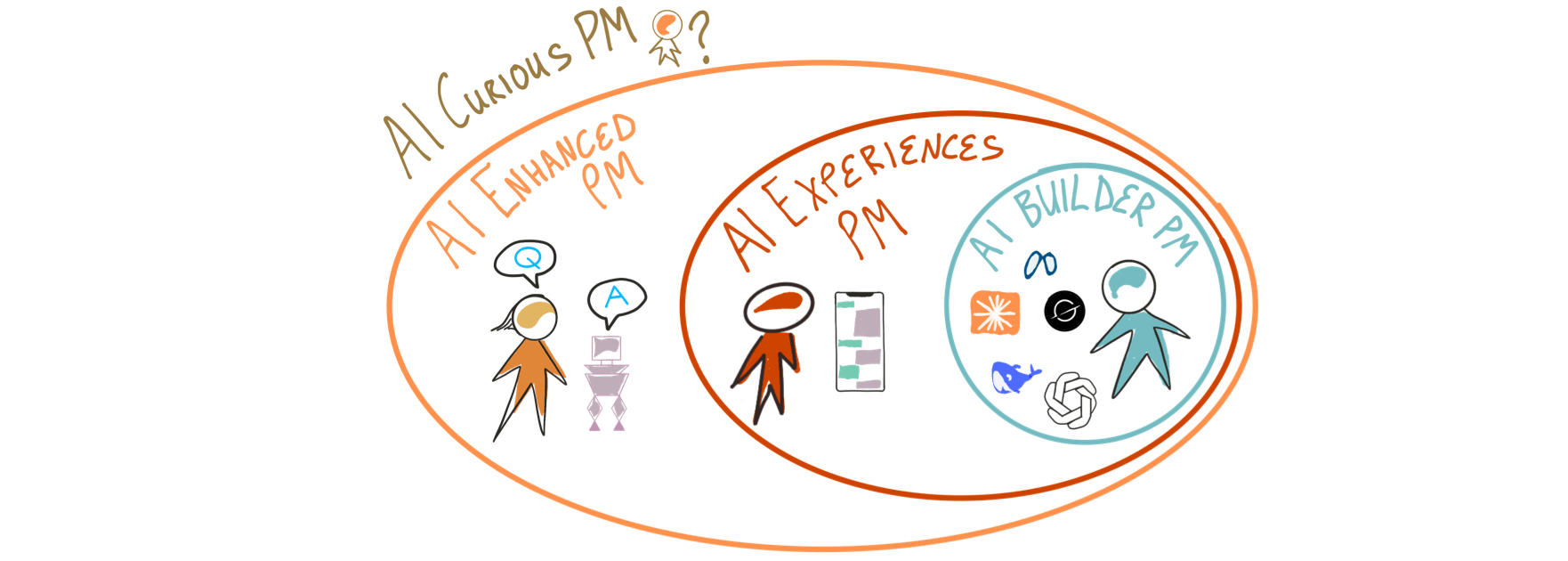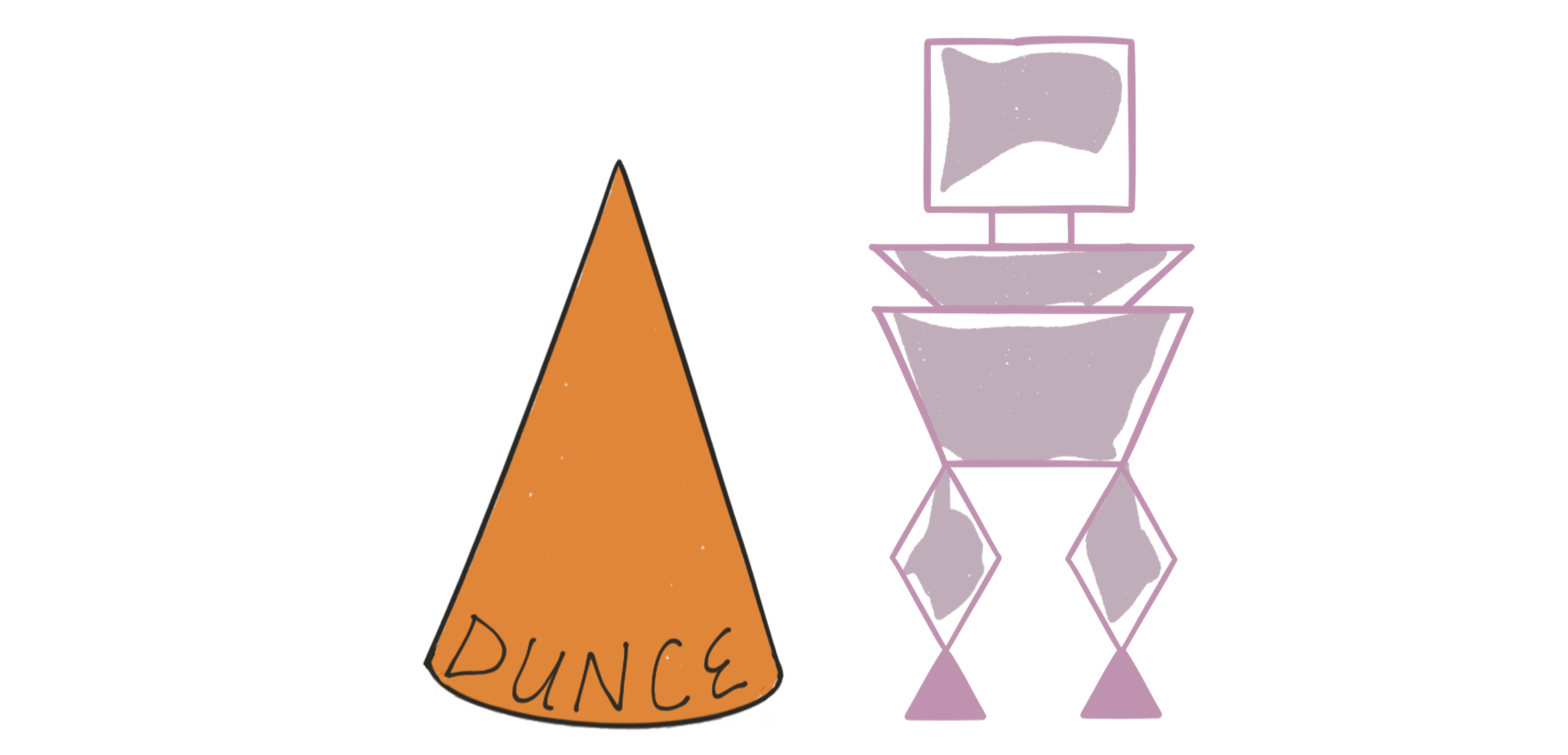AI Disobedience
The joy of most AIs is their surprising skill at answering most any question.
We get used to this success. So when an AI fails to do something, it’s disappointing.
AI folks call this a failure of “Instruction Following”. I call it disobedience.
Sometimes, this failure goes far enough to feel like straight up disappointment, like when your human child throws a tantrum on the floor in a public bathroom.
For example, these are my original instructions for chatGPT to construct a key result, specifically a Business Key Result.
ORIGINAL GPT INSTRUCTION
Business Goals: Create 1–2 key results that reflect benefits to the business. These are written in the Key Result format of Trend + Success Metric + Transition from X to Y + Time frame.
Too often, it disobeys and produces a Key Result focused on End Users. My human clients have this problem too which is probably causing a dirtying of the training data that the AIs are trained on.
DISOBEDIENT KEY RESULT...TOO USER FOCUSED
Reduce street cleaning ticket cost from $100+ per year to $0 for regular users within 30 days of onboarding.
What I really want is:
DESIRED BUSINESS-FOCUSED KEY RESULT
Grow active user base from 0 to 5,000 within 6 months post-launch.
So I improved my instructions. After about 10 iterations I could get the AI to obey and create user-focused key results about 70% of the time.
IMPROVED GPT INSTRUCTION (additions in BOLD)
Business Goals: Create 1–2 key results that strictly reflect benefits to the business, such as increasing revenue for the business, growing customer base, or reducing costs for the business. These are written in the Key Result format of Trend + Success Metric + Transition from X to Y + Time frame. Should ONLY be goals directly benefiting the business. Do NOT include goals that benefit the end user.
Between now and when new versions of AI fix this problem, I’ll likely create a Custom GPT solely focused on different sub-types of Key Results so that I can add more instructions, upload high quality examples and improve reliability to over 95%.
However, it’s possible the training data (all the poorly written OKRs on the Internet) will cause persistent trouble.
The AI-Enhanced Product Manager
Jim coaches Product Management organizations in startups, growth stage companies and Fortune 100s.
He's a Silicon Valley founder with over two decades of experience including an IPO ($450 million) and a buyout ($168 million). These days, he coaches Product leaders and teams to find product-market fit and accelerate growth across a variety of industries and business models.
Jim graduated from Stanford University with a BS in Computer Science and currently lectures at University of California, Berkeley in Product Management.














